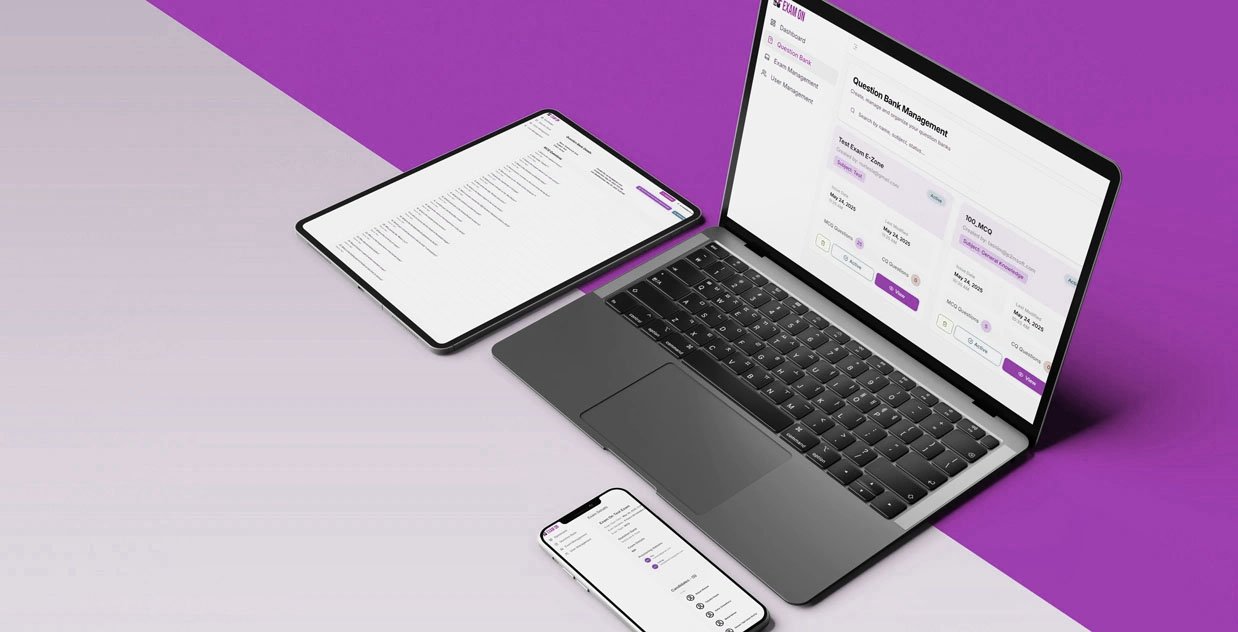
In today’s fast-paced business environment, meetings are an unavoidable, often crucial, part of daily operations. However, poorly managed meetings can quickly become significant drains on time, resources, and morale. Enter Meeting Management Software, a dedicated solution designed to transform the entire meeting lifecycle from a chaotic necessity into a streamlined, productive endeavor. More than just a scheduling tool, this software aims to enhance collaboration, accountability, and the overall effectiveness of every gathering, whether in-person, remote, or hybrid.
At its core, meeting management software centralizes all aspects of a meeting. Before the meeting even begins, it facilitates easy scheduling, sending out invitations, and managing RSVPs, often integrating seamlessly with popular calendar applications like Google Calendar or Outlook. A key differentiator is its robust agenda creation capabilities. Users can build detailed agendas, attach relevant documents, and assign specific topics or action items to individuals well in advance. This pre-meeting preparation ensures that all participants arrive informed and ready to contribute, eliminating the wasted time often spent clarifying objectives or searching for materials.
During the meeting, the software truly shines as a collaborative workspace. Many platforms offer real-time note-taking functionalities, allowing participants to capture key decisions, discussions, and insights directly within the system. These notes are often timestamped and can be linked directly to agenda items, providing a clear and searchable record. Crucially, the software empowers the assignment of action items with clear deadlines and responsible parties, fostering accountability. Features like integrated video conferencing, screen sharing, and interactive whiteboards further enhance participation and engagement, bridging geographical gaps for distributed teams.
The post-meeting phase is where the long-term value of meeting management software becomes most apparent. Automated distribution of meeting minutes, action item summaries, and attached resources ensures that everyone is on the same page and aware of their responsibilities. The ability to track the progress of assigned tasks means that follow-through is greatly improved, preventing critical decisions from falling through the cracks. Moreover, the accumulated data—from meeting frequency and duration to the completion rates of action items—can be leveraged for analytical insights, helping organizations identify areas for improvement in their meeting culture and optimize future gatherings for maximum impact. By bringing structure, transparency, and accountability to a fundamental business process, meeting management software elevates meetings from mere discussions to powerful drivers of progress and innovation.
